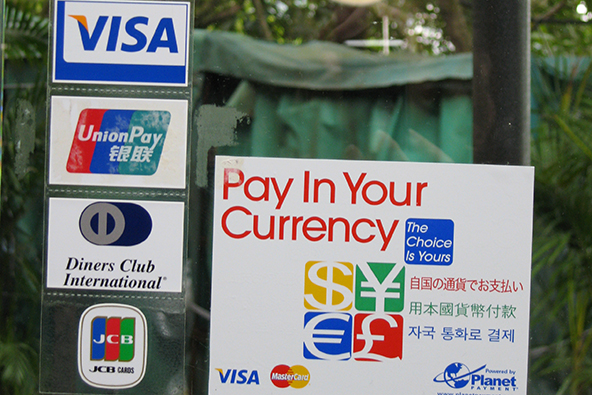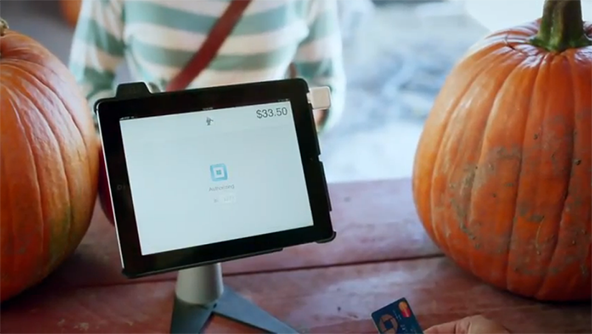How to Survive a Merchant Account Termination

A shutdown of a merchant account is one of the worst things that can happen to any business and especially to an e-commerce or MO / TO operation where credit cards and e-checks are the only available payment options. Typically, such businesses are reliant on a single payments provider and when that service agreement is terminated, they are left with no way to take their customers’ payments. Now, in the high-risk area at least, the vast majority of merchants have no option but to work with a single provider, because if their volume is not sufficiently high, no one will bother to process their payments. Amazingly, however, I’ve seen businesses doing dozens of millions of dollars in monthly sales, which had only set up a single merchant account to handle the volume, leaving themselves in an incredibly vulnerable position.
Yet, whether a business is large or small, a speedy recovery is equally essential — if you can’t get a new merchant account quickly enough, you may well go out of business. But what do you do if you find yourself in such a position? How do you convince a prospective service provider that, though having just had your merchant account terminated, your business is not as high-risk as it may appear and should be given reasonable terms? Well, this is not an impossible feat to accomplish, provided you are willing to work with your prospective processor and do what they ask. Doing the opposite is a certain way to ensure that your merchant account application will be denied, if it is at all considered in the first place. With that in mind, let me offer you a few suggestions for how you should handle the application process, should you ever find yourself in such a position.
Surviving a Merchant Account Termination
1. Why was your account shut down? Before you even start exploring new merchant account opportunities, you need to find out the reason for the termination. More often than not, merchants who contact us don’t know what the reason was and try to guess what took place instead. Don’t do that, but ask your previous processor for a written explanation.?á They will respond to your request and will also tell you whether or not your business and you personally, as the owner, have been placed on the Terminated Merchant File (TMF) / MATCH list.
2. Get your processing statements. While you still have access to your previous processor’s online reporting system, save your six latest processing statements. You will need them later during the application process with your prospective service provider.
3. Contact the right service providers. This is a critical step. Chances are that most of the processors you reach out to will tell you they can work with you, even after you told them what your situation was. In reality, very few can do the job and these are the ones you need to identify. Do your research carefully and make sure that your prospects truly are high-risk payment processors and don’t just say so on their websites. At this stage, even without a placement on the TMF list, the First Datas and Chase Paymentechs of the world would be of no use for you. Whatever the reason for the shutdown of your merchant account, it would be enough to scare such processors away.
4. Be honest about your situation. Once you start reaching out to the high-risk processors you’ve selected, be completely honest and straightforward about your situation. This is where we usually run into our biggest issues, as applicants would inevitably try to make their situation appear better than it actually is. Don’t do that — at best, it will do you no favors and it will very probably work against you. See, the processor will eventually find out exactly what took place with your last merchant account, as the application process runs its course. However, having provided false information might lead the processor to decide that it is better to walk away — what else might you be hiding? Even if it decides to give you a chance, your new service provider would be very likely to offer you worse terms than you might have secured, had you provided accurate information. The point is that high-risk processing is difficult enough in the best of times, and making it even more complicated may well make it impossible to manage.
With that in mind, make sure that you tell your processor whether or not you were placed on the TMF list. Again, they will eventually find out anyway, so it makes no sense to keep them in the dark. However, building a payment processing solution for a TMF-ed merchant has little in common with an ordinary set-up, so by making it seem as though you were not on the list, you’d be wasting everyone’s time, yours very much included, and putting off a potential partner in the process.
5. Supply all requested documents. This is a critical stage of the process! Make sure you fill out all of the requested application forms and provide all of the paperwork the processor asks for. There is no need to complain about the volume of the documentation and how much time it takes to collect it all. We know all that and we are not going out of our way to make your life even more difficult than it already is. If we could simplify the process, we would have done it. However, we work with banks all over the world and have to deal with various regulatory environments, a host of national regulations, etc. So just provide the requested documents as quickly as you can and let us get on with our job.
6. Let the process run its course. The underwriting of a high-risk merchant account is a much longer and complicated process than what you may have experienced with a low-risk type of solution. As you would expect, processors would want to be a little more cautious with applicants who have managed to get their previous merchant accounts shut down by other service providers, for whatever reason. So arm yourself with some patience and let your processor do what it has to.
7. Expect to be scrutinized. Once your application is finally approved and you’ve started using your merchant account, be prepared to be under close scrutiny. It is inevitable that your processor will carefully monitor your activity to make sure that you operate in compliance with the terms of your service agreement. At some point, especially early in the relationship, you may be asked to provide proof of some, or even all, processed transactions. If you receive such a request, don’t argue with your processor, but give them all they ask for, and in a timely manner — you should have the requested paperwork handy anyway. Once your processor is satisfied that you are using your service properly, they will relax the pressure and let you get on with your business.
8. Be compliant with your agreement! Related to the previous item, you need to be in continual compliance with the terms of your service agreement. For as long as you abide by them, you will keep your merchant account alive.
The Takeaway
As you see, to a large degree, surviving a merchant account termination is within your power to control, and this is especially true if you have a high processing volume. However, there is a process your prospective service provider would have to go through when considering your application and they will do just that, regardless of how long it takes or how complicated the thing may become. And if you follow my suggestions, you stand a very good chance to get approved and to have a good relationship with your processor for as long as you need a merchant account.
Image credit: Flickr / jcberk.


